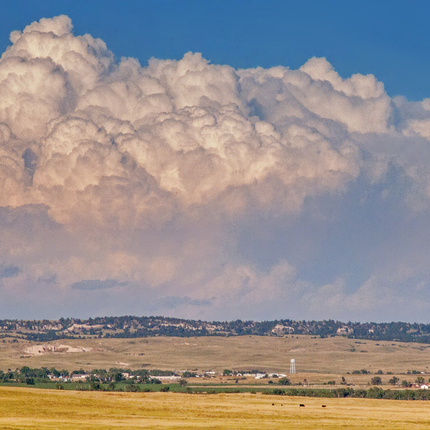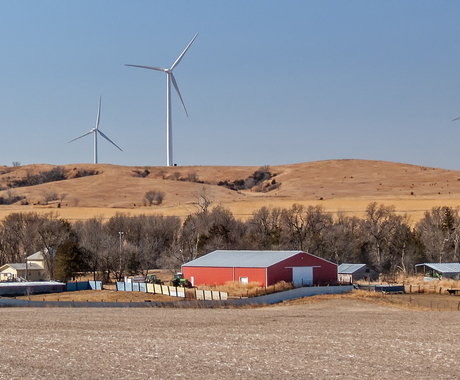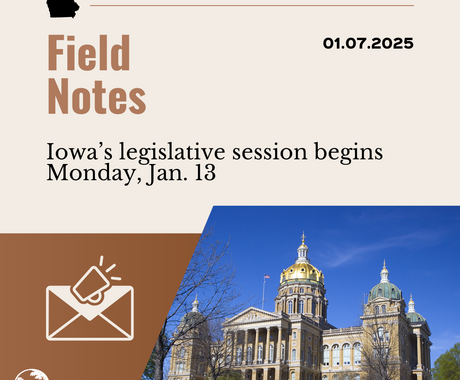By Jordan Rasmussen, former staff member
Food that feeds the world is grown in our nation’s small towns, where food insecurity is endured by millions of children, seniors, and hardworking, rural Americans. The Supplemental Nutrition Assistance Program (SNAP), helps stave off hunger in one in six rural households.
Formerly known as the nation’s food stamp program, rural America’s SNAP participation rate rose from 12.5 percent to 16 percent from 2010 to 2015. The rate is higher than enrollment nationally, and in metropolitan and micropolitan areas. The rural SNAP participation rate follows the percent of population at or below the federal poverty line.
Given the socioeconomics of rural America, the importance of SNAP is heightened.
SNAP exists as a resource to help negate concerns of food security for seniors with fixed and limited incomes as they care for themselves and balance expenses.
In rural households with a resident over the age of 60, 10.9 percent of households participate in SNAP, compared to 10.1 percent nationally.
Rural families with children under the age of 18 similarly have the highest SNAP participation. In 2015, 27.3 percent of rural households with children received SNAP assistance, as opposed to 21.9 percent nationally. This access is critically important for children as they develop.
Beyond the direct benefit of SNAP is the impact it has at the community level. The U.S. Department of Agriculture estimates that every SNAP dollar generates $1.79 in economic activity. SNAP is a critical asset helping keep community grocery stores open, maintaining this amenity for all residents.
As policymakers deliberate the funding and future of SNAP in the 2018 farm bill and broader entitlement reforms, consideration must be given to the asset and investment SNAP provides to rural communities. SNAP is, and needs to be, maintained as a critical safeguard against food insecurity and poverty for rural residents.
SNAP in Nebraska
Nationally, SNAP participation in rural areas exceeds participation for the nation as a whole. In our home state of Nebraska, the opposite is the case. SNAP figures in rural areas of the state are consistently lower, falling below metropolitan and micropolitan area percentages.
As consideration is given to the 12.4 percent of rural Nebraskans in poverty, and state levels of food insecurity, significant gains are needed in rural SNAP participation and reach.
This inconsistency is explored in further detail in a recently released report, “A Discrepancy in Rural Nebraska’s Supplemental Nutrition Assistance Program (SNAP),” found on our website.





